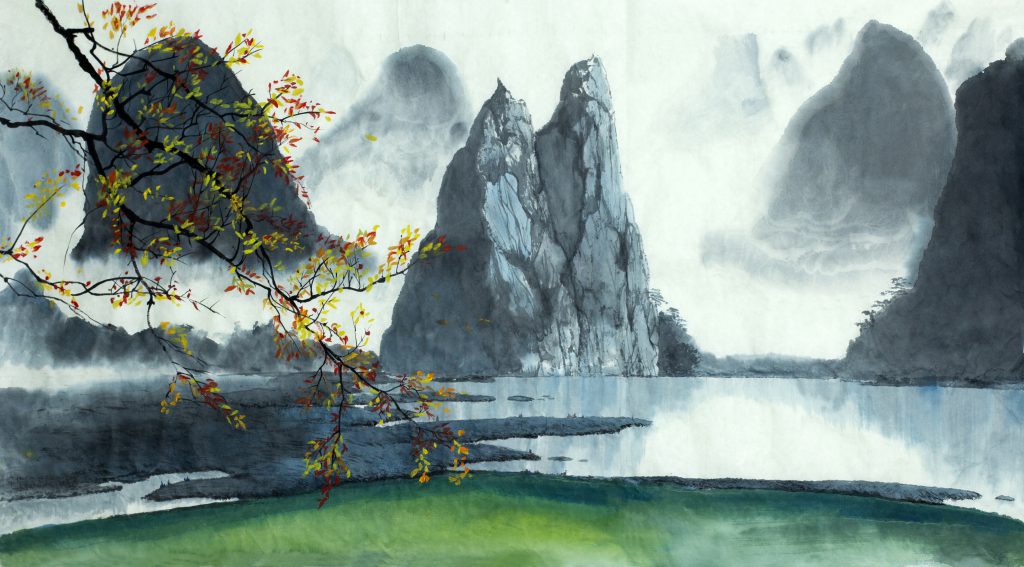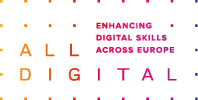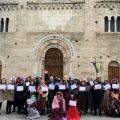
16 Apr Crowddreaming, supporting the future of Digital Cultural Heritage
16 Apr, 2019
On #DigitalDay2019 – 9 April, 23 European countries signed a declaration for the Cooperation on advancing digitisation of Cultural Heritage. It is one of the latest developments in digital cultural heritage policy.

Declaration on Cooperation on advancing digitisation of cultural heritage
Digital tools are increasingly being used in a policy context to help record and document European cultural heritage. According to the declaration, the next multi-annual financial framework will offer ‘unprecedented’ opportunities through Digital Europe, Creative Europe and Horizon Europe programmes to ‘strengthen digital capacities of cultural heritage organisations as well as cross-sectorial collaborations, notably on digital skills.’ The declaration is a call to step up action along the lines of three pillars:
- A pan-European initiative for 3D digitisation of cultural heritage artefacts
- Re-use of digitised cultural resources to foster citizen engagement
- Enhancing cross-sector, cross-border cooperation and capacity building in the sector of digitised cultural heritage.
Crowddreaming, creating the digital monument for today
The ALL DIGITAL Network is collaborating on a few projects related to digital cultural heritage, including “Crowddreaming: Youth co-create digital culture” and DigInv: Digital Invasions for the promotion of Cultural Heritage. It is important that, as digital tools are used to record and document our cultural heritage, the valorisation of documents and monuments related to cultural heritage continues to remain accessible to all citizens.
The dominant discourse on digital cultural heritage pursues to use digitalisation as a tool to conserve, record and document cultural heritage. It takes the tangible and ensures it is documented for the generations to come through an intangible medium.
 The “Crowddreaming: Youth co-create digital culture” project does not look to the past and the collective history of how cultural heritage exists but invites the users in its pilot to create an intangible monument, to reinvent and understand cultural heritage through the combined challenges of speed, form and persistence. The crowddreaming invites young people to consider what will be the monument of their emerging digital culture and work to create it.
The “Crowddreaming: Youth co-create digital culture” project does not look to the past and the collective history of how cultural heritage exists but invites the users in its pilot to create an intangible monument, to reinvent and understand cultural heritage through the combined challenges of speed, form and persistence. The crowddreaming invites young people to consider what will be the monument of their emerging digital culture and work to create it.
Digital cultural heritage in policy
The Faro Convention establishes rights and responsibilities to and for cultural heritage, explicitly in the context of Article 27 of the United Nations Declaration of Human Rights, which guarantees the right “to freely participate in the cultural life of the community”. Digital Cultural heritage started gaining prominence in the European Agenda for Culture (2007) a specific objective of which was: “promoting cultural heritage, namely by facilitating the mobility of collections and fostering the process of digitisation, with a view to improving public access to different forms of cultural and linguistic expressions.”
The New European Agenda for culture (2018) aims to engage citizens more in cultural activities. It addresses the gap between values and engagement; European citizens believe that most important factor in creating a sense of community, while36% don’t currently participate in cultural activities. To close this gap, the recommendations were to use digital tools under a #Digital4Culture framework to broaden accessibility to cultural heritage in innovative ways.
#HaveYourSAY
The Crowddreaming and Digital Invasions projects going on now with support of many members from the ALL DIGITAL network show that there is a lot to be said about digital cultural heritage. Crowddreaming guides young people to the important question of being leaders in their digital cultural heritage. The Digital Invasions project encourages cultural operators to guide users to engage with cultural heritage using digital tools.
Commemorating the year of cultural heritage and following a consultation with ALL DIGITAL members, a cluster was opened on the topic of digital cultural heritage. The main objective of the working group will be to cooperate for the redaction of position paper to be published in 2019, as well as to share best practices in the field of preservation and valorisation of cultural heritage through digital means, but also about the creation of new digital cultural paradigms and practices. The short survey is available in Italian, English, French, Greek, Spanish, Croatian and Portuguese. We invite all members and interested stakeholders in the field to complete the survey and have your say.
We encourage all members to share the consultation with their relevant networks and stakeholders.









